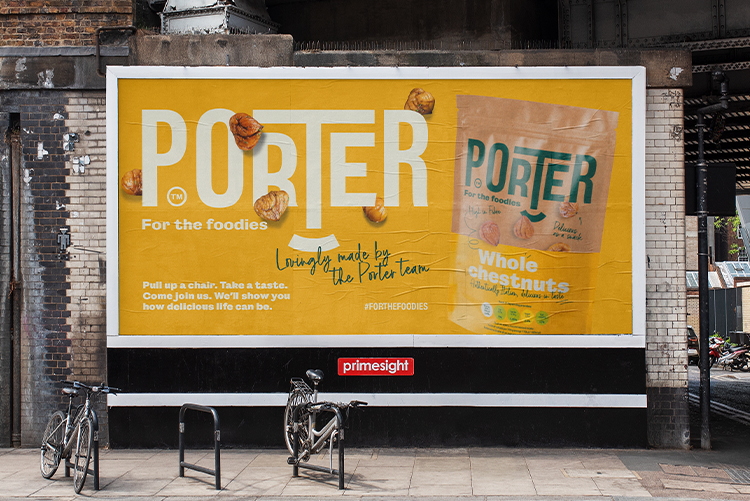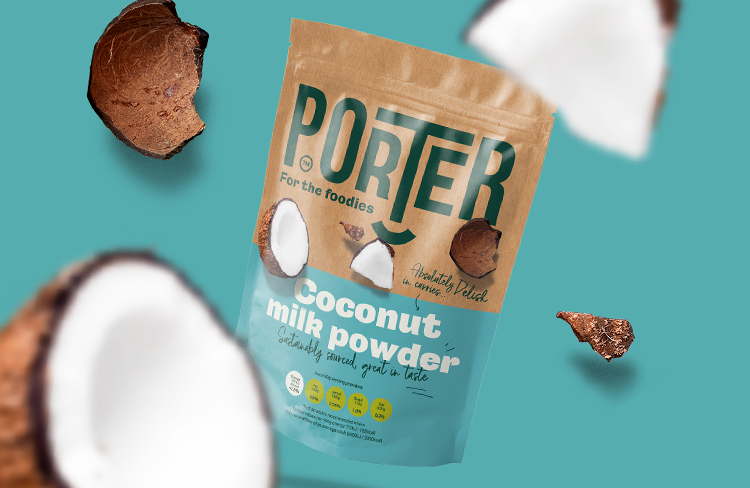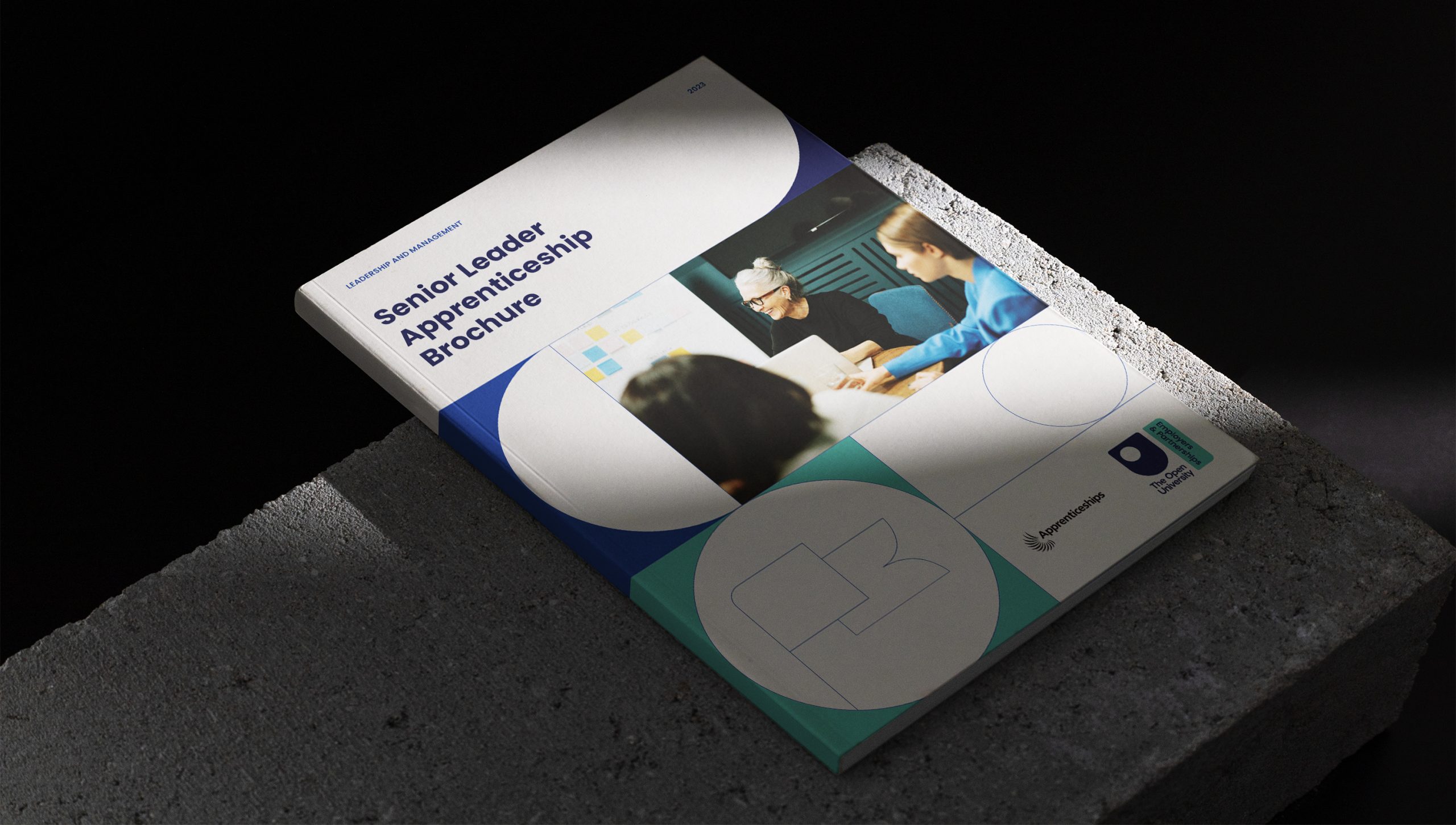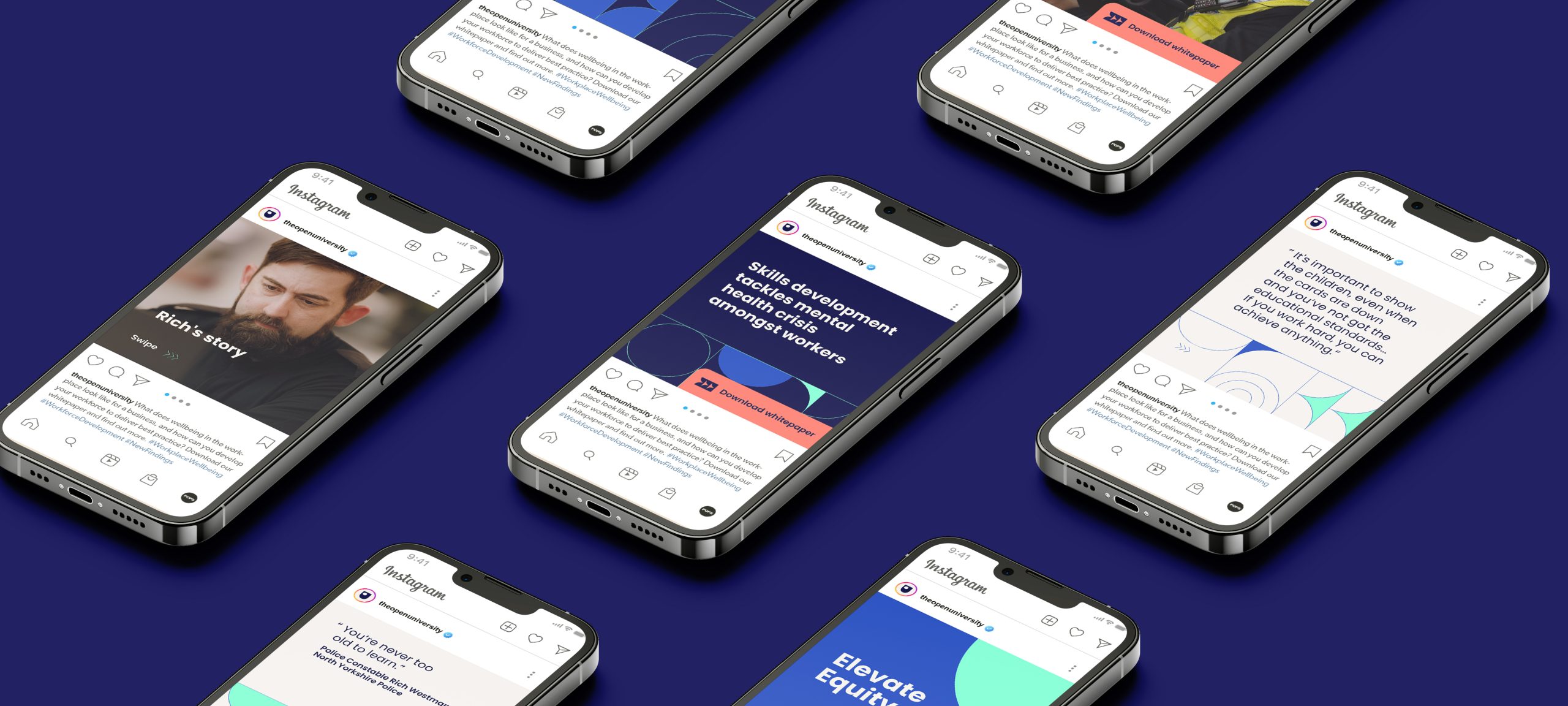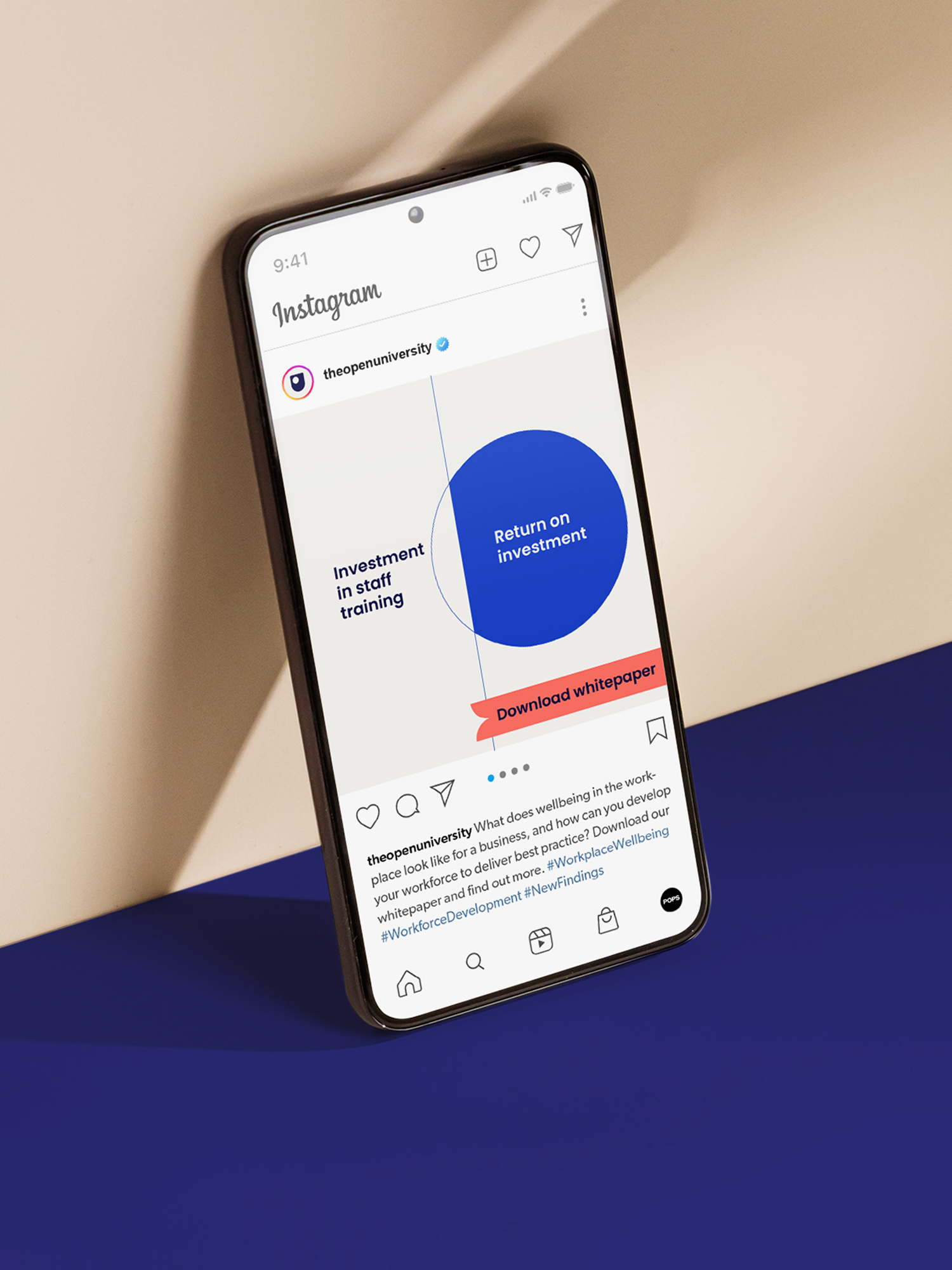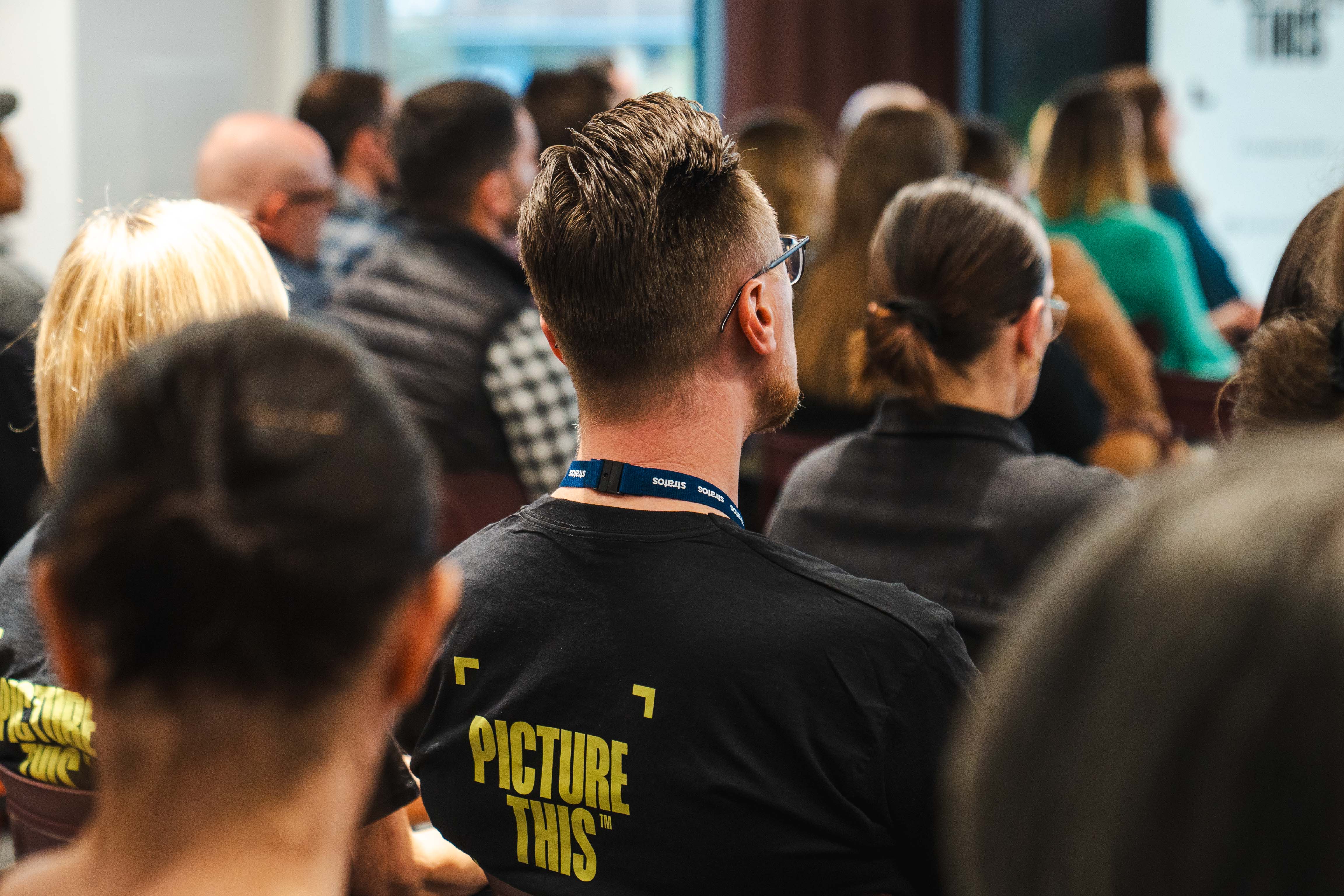
WE’RE A CREATIVE AGENCY, FOR PROGRESSIVE BRANDS THAT MAKE IT MATTER.
Nestled in the heart of Milton Keynes, we’re a strategic creative and digital agency. Here, our human approach runs the show, and as people we get an emotive understanding of what’s needed. Making sure our solutions hit the mark every time, never compromising, always complimenting.
BUILDING A BRAND FOR THE FOODIES.
REIMAGINING AN INDEPENDENT PORSCHE SPECIALIST.
SUPPORTING A GLOBAL BRAND.

BREATHING LIFE INTO FROZEN DESSERTS.
Creating a space To share ideas.
WE’RE MORE THAN JUST A CREATIVE AGENCY, WE’RE PARTNERS, IN IT FOR THE LONG HAUL.
An agency should feel like a partner: a team of individuals who seamlessly integrate and collaborate with your teams to build successful brand, creative and digital solutions that are concise and authentic.
Branding
Creating a brand that behaves like a person, who is related to and loved by your audience.
Creative
Designing with the sole purpose of not being able to be ignored, for all the right reasons.
Digital
Using the digital world to tell a compelling story, one that will keep people coming back.
Just a few of our clients, now our friends.





WE WRITE ABOUT THE THINGS WE LEARN.
